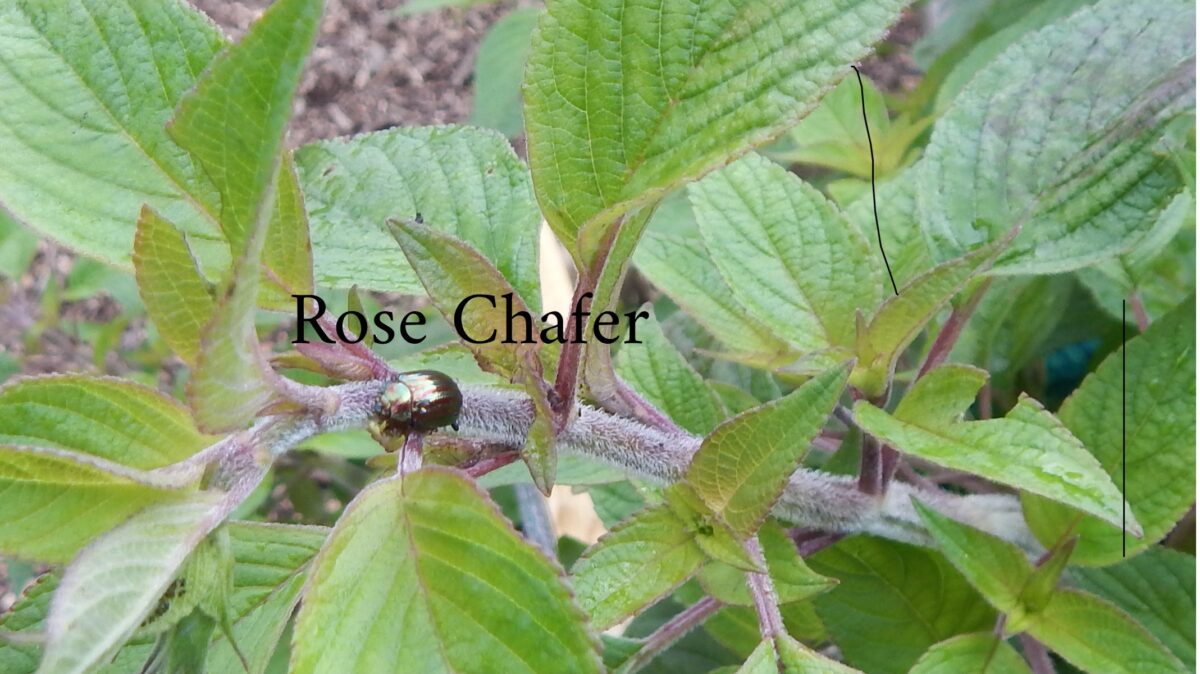I have been reading Insect Crisis by Oliver Milman. It’s quite a tough read as there are so many insect species, and we are mostly given species names such as Coccinella septempunctata (the seven-spotted ladybird). Having got this far, and needing to check the zoological name for ladybird, I got waylaid by this site:
It begins:
The name “ladybird” originated in Britain because early paintings often portrayed Mary (Our Lady) wearing a red clock or veil. The most common ladybird in Europe – the seven spot ladybird (Coccinella septempunctata) – had spots that were said to symbolize her seven joys and seven sorrows. According to an old European legend, farmers prayed to the Virgin Mary asking for help to save them from the pests devouring their crops, and she sent a swarm of tiny beetles bearing her trademark coat to eat them. Hence, this family of insects became known as “Our Lady’s Bird”.
The site gives the common name of the ladybird in some other countries:
Germany: Marienkäfer (Mary’s beetle)
France: la bete a bon Dieu (good God’s animal)
Russia: Bozhya korovka (God’s little cow)
Greece: paschalitsa (little Easter)
Portugal: joaninha (little Joanne)
Spain: mariquita (little Maria)
Wales: buwch goch gota (small red cow)
Scotland: daolag-bhreac (speckled beetle)
Slovenia: pikapolonica (spotty bug)
Argentina: Vaquita de San Antonio (St. Anthony’s small cow)
Ladybirds are in the Order Coleoptera (the beetles), and the Family Coccinellidae. The zoological name is somewhat dry compared with the folk names, but scientists need one, and one only, accepted species name. Besides which the folk names do not differentiate the various species of ladybird.
But back to topic after my aside. Insects are in crisis, their numbers falling. This is due to agricultural uses of pesticides and herbicides, climate change, and loss of habitats. How much they have declined is arguable. How do you count the trillions of insects in the world? And a minority are increasing such as mosquitoes, bedbugs and cockroaches. You may note these have flourished because of the increase in human population.
Various papers have been published trying to assess the overall decline of insects; some giving high declines and some a lot less. The media likes the former as it allows headlines like ‘Insectageddon!’ There is a lack of agreement amongst entomologists, about the extent to which the decline should be hyped. There are those saying hyping it leads to more funding, a greater likelihood that something will be done. Other say, that’s not the way to go, it will be too easy to pick holes in our claims. Stick to the truth.
There’s lots of anecdotes illustrating the decline. I have noted how few flies come into the house nowadays when I leave a window open on warm days. Many motorists have noted how few insects are splattered on their windscreens compared to, say, thirty years ago.
A study of 1700 sites over a long period gives an overall drop of 9% a decade since 1990. which equates to a loss of 30% to the present. But some species have fallen a lot more, and some less to give this average. By 2050, if factors don’t get worse, we’ll be down to a 50% overall decline.
What will be the effect? Many birds will decrease in numbers as they feed on insects, as do bats. Hedgehogs are already in decline, a drop in insects is likely to be a factor. Insects are pollinators, and so any decrease in their number would mean lower yields for our food crops while the human population continues to increase.
I look around the garden for insects, in order to find one to illustrate this piece. It’s not a good time to find them in these chillier days. I see a bumblebee on purple toadflax, but see a better one with a shiny green carapace. I think is a rose chafer (Cetonia aurata). A beetle too, like the ladybird. The coleoptera are characterised by horny front wings which meet in a mid line covering the abdomen.

